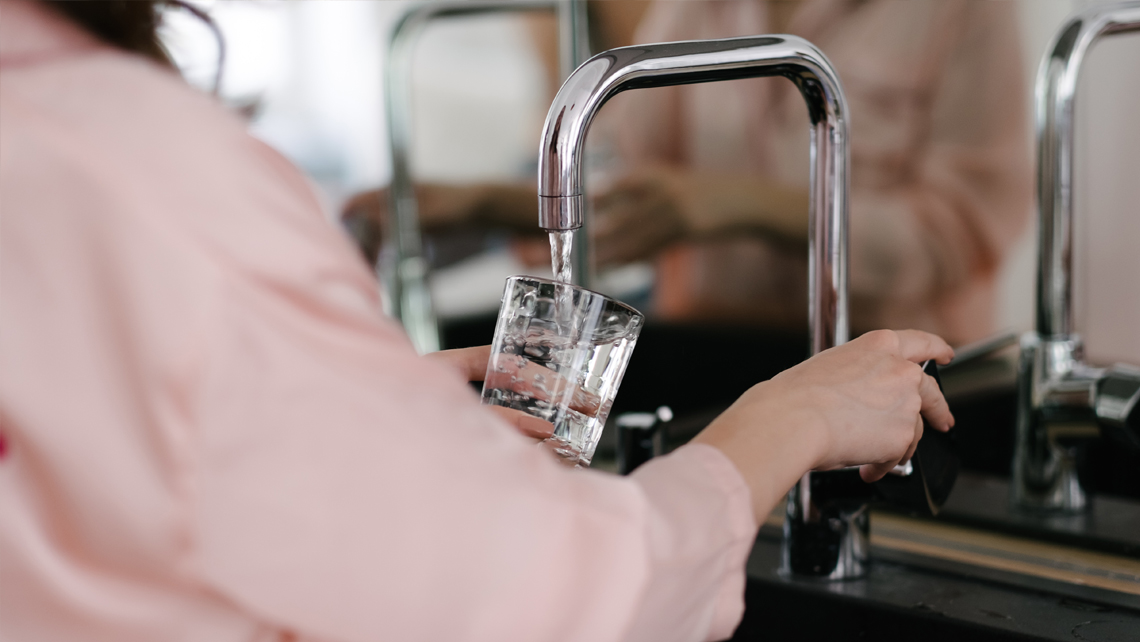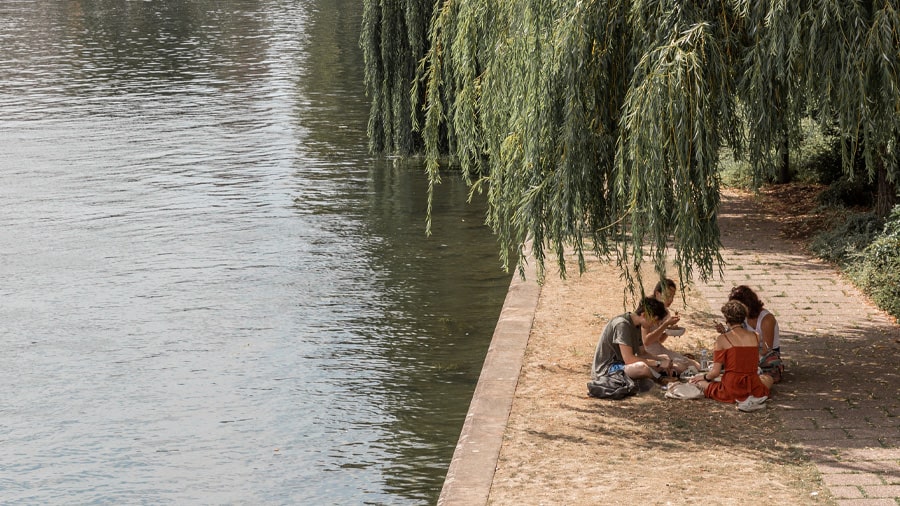Food security and energy security are very concrete topics and easy to understand. They are issues of have or have not. Water security, on the other hand, is more complex. It looks at ensuring water availability for many different uses, from drinking water to food, livestock, energy, technology, and so on.
The connection between these issues may seem self-evident to some of us, but you cannot talk about food security or even energy security without addressing water. It is paramount to understand how to use scarce water resources most efficiently so that the standard of living improves sustainably.
Humans have always relied on water. Nowadays, more and more often, it is water that relies on humans.
The different levels of water security focus on somewhat different topics. Access to safe drinking water and sanitation is together with sufficient water for food security and livelihoods the main focus on the local level. At higher levels, water security may be a supply issue for a particular sector or group of people, or it may be about facilitating trans-boundary cooperation between countries sharing the same water resource. Here, water security becomes primarily an issue of water resources management, and it links closely to the broader issues of regional integration and conflict prevention. At all these levels, other major issues, such as climate change, population growth and urbanization, bring in additional challenges for water security.
Safe and sustainable chemistry
Though the average person on the street may think chemicals are all bad, the reality is quite different. Safe, sustainable chemistries are a part of good life – they play a key role in your toothpaste, medicine, food safety and many other spheres of life. They enable us to utilize scarce resources more efficiently. Chemistry is the high-tech of resource efficiency. For example, without chemicals, the current level of safe fresh water supply and sustainable wastewater treatment in urban areas cannot be maintained.
One good example is phosphorus removal. Eutrophication (over-fertilization) of lakes and waterways is a major international problem, where large increase in the concentration of nutrients causes rapid growth in the populations of some aquatic organisms, like algae. Each person contributes approximately 2–3 g of phosphorus to wastewater each day. Most of it comes from faeces and urine, with around a third from detergents. Some phosphorus also ends up in waterways through agriculture.
Chemical treatment, using coagulants, is the most effective and cost-efficient solution to capture and remove phosphorus from wastewater and to make it available for recycling. This treatment method has the lowest carbon footprint of all commercially available treatment technologies. Coagulants have been used for more than one hundred years to clean and purify water. Today, 75% of the coagulants used in municipal wastewater treatment plants are based on iron. The raw materials used in iron coagulant manufacturing are mostly recycled from other industries. This is but one example of how chemistry enables circular economy and impacts sustainability.


